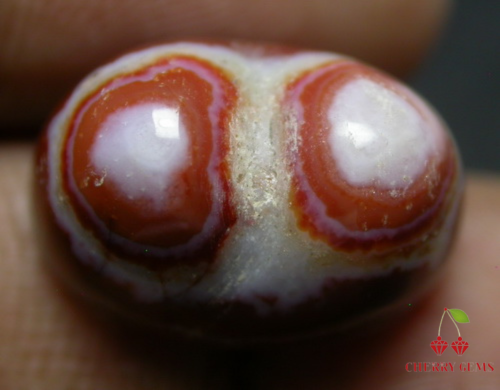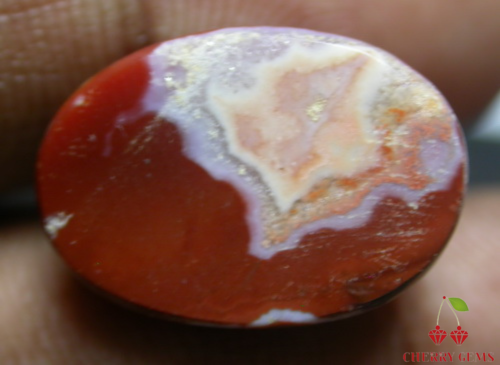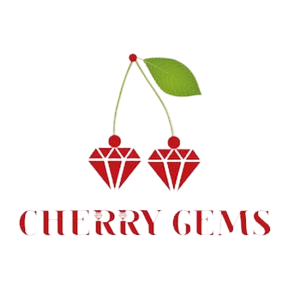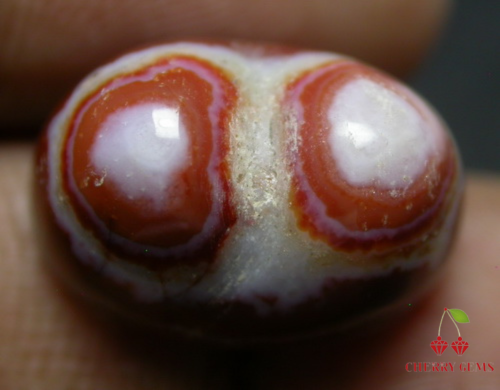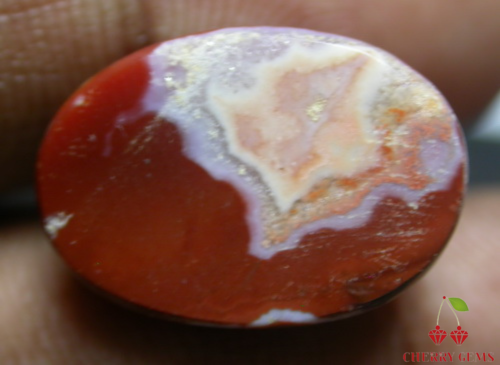cherrygemssg
Natural Double head cabochon Agate (𝗟𝗼𝗼𝗸𝗶𝗻𝗴 𝗳𝗼𝗿 𝘀𝗶𝗺𝗶𝗹𝗮𝗿? 𝗖𝗼𝗻𝘁𝗮𝗰𝘁 𝘁𝗵𝗿𝗼𝘂𝗴𝗵 𝗪𝗵𝗮𝘁𝘀𝗔𝗽𝗽 𝗯𝗲𝗹𝗼𝘄)
Natural Double head cabochon Agate (𝗟𝗼𝗼𝗸𝗶𝗻𝗴 𝗳𝗼𝗿 𝘀𝗶𝗺𝗶𝗹𝗮𝗿? 𝗖𝗼𝗻𝘁𝗮𝗰𝘁 𝘁𝗵𝗿𝗼𝘂𝗴𝗵 𝗪𝗵𝗮𝘁𝘀𝗔𝗽𝗽 𝗯𝗲𝗹𝗼𝘄)
Couldn't load pickup availability
Agate is a type of chalcedony, which is a microcrystalline form of quartz. It is a popular and widely used gemstone known for its unique banding patterns and a wide range of colors. Agate is formed within volcanic and metamorphic rocks as a result of the deposition of silica-rich fluids in cavities and fractures.
Here are some key features and facts about agate:
Appearance: Agate typically exhibits concentric banding patterns in various colors and shades. These bands can be straight, wavy, or irregular, and they often create beautiful and unique designs within the stone. The base color of agate can vary widely and may include shades of white, gray, blue, green, red, brown, and black.
Types: There are several types of agate, each with its own distinct appearance and properties. Some popular varieties of agate include Blue Lace Agate, Moss Agate, Fire Agate, Crazy Lace Agate, and Botswana Agate, among others.
Uses: Agate has been used for centuries as a gemstone for jewelry and decorative items. It is commonly cut and polished into cabochons, beads, pendants, and cameos. Agate is also used for ornamental carvings, small sculptures, and even in the production of items such as coasters and bookends.
Hardness: On the Mohs scale of mineral hardness, agate typically has a hardness level of 6.5 to 7, making it relatively durable and suitable for use in jewelry and other decorative applications.
It's essential to note that while many people believe in the metaphysical properties of gemstones like agate, these beliefs are not scientifically proven. Nonetheless, agate remains a popular and cherished gemstone, appreciated for its natural beauty and versatility in jewelry and decorative items.
Share
